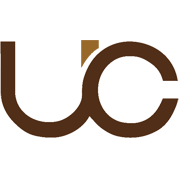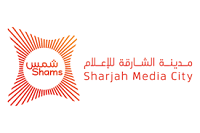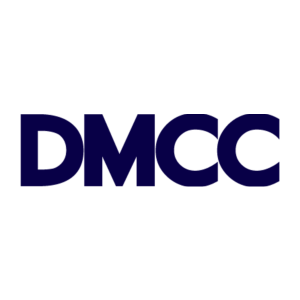Property Finder research shows that mixed-use communities with facilities planned around metro connectivity are preferred by end users
Michael Lahyani, founder and CEO of Property Finder, aptly captures the profound societal shift occurring in the UAE with the transition to long-term residency through programs like the 10-year Golden Visa. As Lahyani observes, people are no longer viewing the UAE as a transient destination but as a place where they can establish roots for the long term. With the prospect of staying for a decade or even indefinitely, residents are increasingly seeking to build their own communities within the country.
This shift towards community-oriented living reflects a deeper desire for social connection and belonging. Residents are no longer satisfied with simply having a place to live; they want to be part of vibrant, inclusive communities where they can forge meaningful relationships and contribute to collective well-being. Developers and urban planners are responding to this demand by integrating communal spaces, cultural events, and recreational facilities into their projects, creating environments that facilitate social interaction and foster a sense of community.
In essence, the move towards community-oriented living in the UAE is driven by the recognition that a sense of belonging and connection is essential for long-term happiness and fulfillment. By embracing this shift, residents are not just building houses; they are building homes where they can thrive and create lasting memories.
Mixed-use communities
Property Finder research showed that mixed-use communities with facilities planned around metro connectivity are preferred by end users.
“These walkable and cycle-friendly neighbourhoods outperform the wider market in Dubai, showing price increases of 26.7 per cent on average, compared to an average overall increase in all properties of 24.1 per cent between Q1 2010 and Q4 2022,” the company wrote in its whitepaper. “Properties in these developments also command as much as 11 per cent higher rental growth even while the average rental rates of all properties may have declined.”
Key mixed-use neighbourhoods in Dubai include Palm Jumeirah, Emirates Hills, Al Barari, Jumeirah Golf Estates, Jumeirah Bay Island, Emaar Beachfront, Downtown, Business Bay, District One, and Dubai Hills Estate.
In Abu Dhabi, locations such as Saadiyat Island, Reem Island, Al Raha, Al Bateen, and Abu Dhabi Gate City offer “not only exclusive lifestyle”, but are also home to gated communities such as Nalaya Villas, Jawaher Al Saadiyat, Al Raha Golf Gardens, the Hills, and Mangrove Village, among others.
Green open spaces
According to Shabna, Dubai residents are willing to move further away from the city in order to enjoy community living. “Even if they have to drive slightly longer or the space is not as convenient as an apartment, people are willing to make the sacrifice,” she said. “They want the open spaces, the jogging tracks and everything else that a community has to offer. Especially those with children because it is much safer for kids to go out and play on their own or bike around the community because it is gated.”
The findings of the white paper – which was prepared in collaboration with other industry experts – show that some communities perform better than others. According to the report, communities that have properties with spacious layouts that can be personalised are very much in demand. Walk-able and cycle-friendly neighbourhoods outperform the wider market in Dubai, in terms of popularity and price. Consumers are also demanding for affordable as well as sustainable living spaces.







Leave a Reply